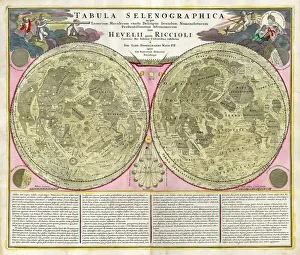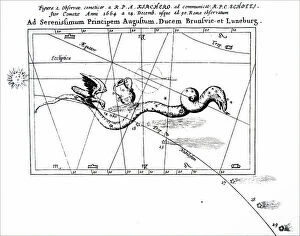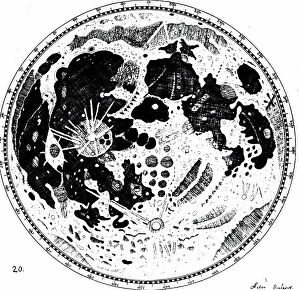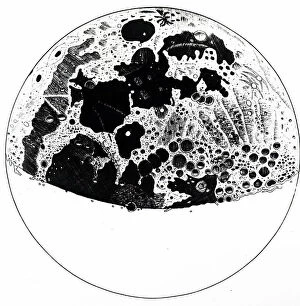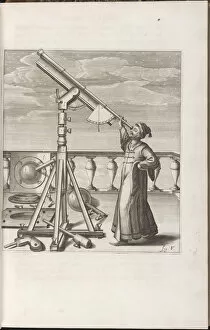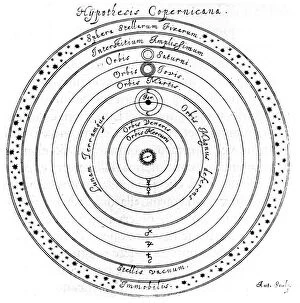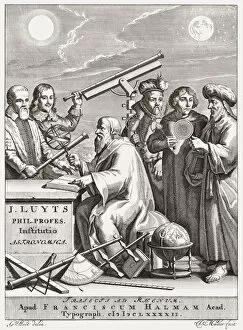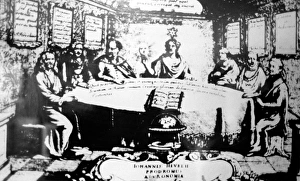Johannes Hevelius Collection
Johannes Hevelius, a renowned astronomer and cartographer, left an indelible mark on the scientific world with his groundbreaking works
All Professionally Made to Order for Quick Shipping
Johannes Hevelius, a renowned astronomer and cartographer, left an indelible mark on the scientific world with his groundbreaking works. In 1635, he created an early map of the Moon, revealing its mysterious surface in intricate detail. His passion for celestial observations led him to publish "Machina Coelestis" in 1673, an engraving showcasing his profound understanding of the cosmos. A portrait of John Hevelius himself captures his brilliance and dedication to his craft; this image from 1830 pays homage to a man whose contributions continue to inspire generations. Hevelius's artistic talent is evident in his various works. "Selenographia, " published in 1647, showcases not only his astronomical prowess but also his skill as an artist. The detailed illustrations bring the moon's features to life on paper. Another masterpiece by Hevelius is "Cometographia, " which boasts a captivating frontispiece that draws viewers into the enchanting world of comets. The Northern Hemisphere owes much gratitude to Hevelius for providing accurate depictions of constellations through his work titled "Firmamentum Sobiescianumsive Uranographia. " This table serves as a guide for stargazers navigating their way through the vastness of space while marveling at its wonders. Hevelius was not only adept at creating awe-inspiring visuals but also skilled at designing instruments essential for astronomical research. One such instrument featured in "Selenographia" is a telescope that revolutionized lunar observation and paved the way for future explorations beyond Earth's boundaries. In collaboration with A Steck, Hevelius designed Crugers azimuth quadrant in 1673—an invaluable tool used by astronomers worldwide even today. Its accuracy ensured precise measurements crucial for mapping celestial bodies accurately. His final significant contribution came with "Prodromus Astronomiae" published posthumously in 1690.

